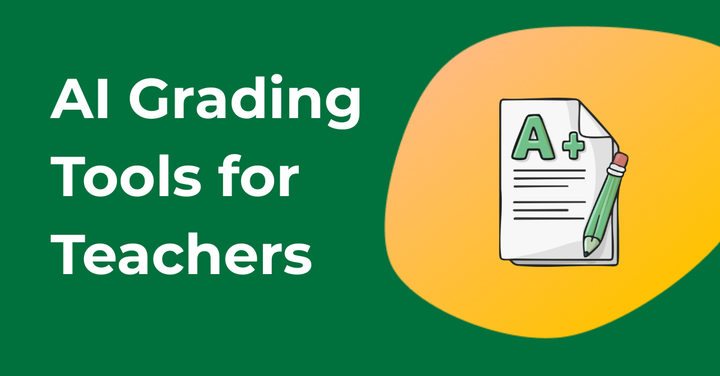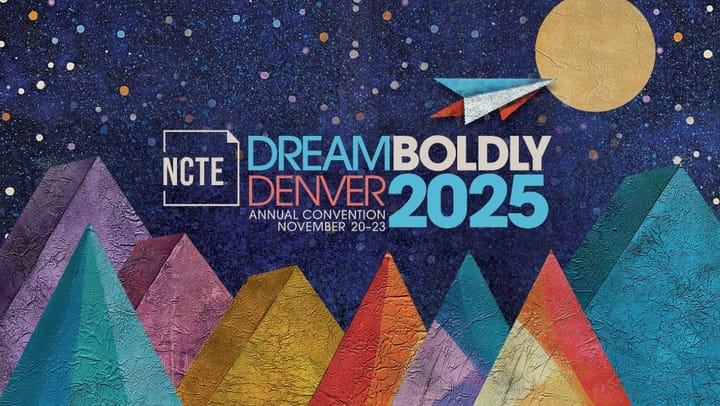How GPTZero Can Create a Culture of Trust in the Classroom
We’re building tools that aim to do something different: not to ‘catch students out’ using AI tools, but to create communication between teachers and students, rather than further divide them.

Technology represents change, and change can be terrifying. There are the big-time adopters, the people who are absolutely against it, and then the folks in the middle who are like: “I don’t even know what I’m supposed to do with this.”
When it comes to tools like ChatGPT – and detection tools like GPTZero – that group in the middle is growing. Yet at GPTZero, we’re building tools that aim to do something different: not to ‘catch students out’ using AI tools, but to create communication between teachers and students, rather than further divide them. The goal isn’t surveillance – it’s collaboration; and that collaboration leads to a culture of trust.
Cultures of distrust vs. trust
There’s often a culture of distrust between students and teachers in schools that just exists. It’s not new but it is being amplified. It’s easy for certain companies to build on that fear. But that fear-based messaging doesn’t support actual learning – in fact, it actually drives a wedge.
The distrust is especially visible in online and hybrid learning environments. Teachers who teach online have worries like, I can’t tell if my students are doing their own work. I can’t tell if they’re doing their reading. I can’t see them and I can’t interact with them. This lack of being able to physically interact with students can feed this suspicion.
This means that when AI enters the picture, it often gets lumped in as just another thing to monitor. It’s something else students might misuse and something teachers now need to guard against. This is where a lot of people land. They see an AI detection tool and think: Oh, now I can catch my students using AI because I know they’re out there cheating. That’s coming from a fearful perspective around technology, but that’s not how it has to be.
A culture of trust is one where teachers assume good intent first. Instead of seeing AI as a threat, they recognize it as a tool that students may turn to, out of curiosity, confusion, or need. In a trust-based classroom, the goal isn’t to “catch” students, but to understand them better. When students feel trusted, they’re more likely to engage honestly, reflect critically, and develop the digital literacy skills they’ll actually need in the real world.
A mindset shift
We’re trying to break down fear because there’s a productive conversation to have around AI in the classroom that benefits the community much more. At GPTZero, our approach starts with a simple idea: this is a tool that can be used pedagogically to help your students, instead of penalizing them.
That means using it to support the learning process as opposed to simply enforcing rules. In a classroom, for example, you might ask students to use a certain amount of AI. Then, you use GPTZero to help them reflect: How much AI was in this piece – and did it help, or not?
When you use a tool that way in a writing classroom, it actually helps the student understand their own authorship and what authentic voice looks like from them. They begin to know the difference between what AI produces and what they can produce. And that’s a really good thing for writing teachers to be able to do.
It’s also a mindset shift for educators. Instead of saying “don’t use AI,” you’re saying: “Let’s talk about how AI can be used and how it shouldn’t be used.” That’s how real dialogue begins and how trust is built. Instead of defaulting to rigid bans or scans with a ‘punishment’ mindset, we believe in setting clear expectations and taking a collaborative approach.

Announcing GPTZero for Teachers
GPTZero's "Teaching Responsibly with AI" Certificate Program is designed to help educators navigate the complex landscape of AI in education while preserving what's human in learning. This insightful and practical program will equip you with best practices, ethical frameworks, and hands-on tools to foster originality, truth, and authentic learning in an AI-driven world.
To earn your certificate, participate in all three webinars and office hours. Alternatively, you may register for individual sessions that align with your specific interests.
WEBINAR #1: AI and Ethics
Date: May 7, 2025 Time: 12:00pm Eastern
- Features: Join us for a discussion addressing issues around plagiarism and academic honesty.
WEBINAR #2: Media and AI Literacy
Date: May 28, 2025 Time: 12:00pm Eastern
- Features: Discover practical strategies for improving media literacy and identifying AI-generated content in the classroom.
WEBINAR #3: Best tips for using AI Tools
Date: June 18, 2025 Time: 12:00pm Eastern
- Features: Learn from other teachers' successful methods for using AI to support learning.
Participants in the certificate program will also enjoy office hours to receive personalized guidance from GPTZero staff and other AI experts. (Note: Office hours are only available to those participating in the full certificate program.) All office hours are at 12:00pm Eastern.
- May 9: Understanding your AI scan results with our Head of ML, George Adam, PHD
- May 30: Emerging pain-points from teachers, and introducing bibliography checks with our Head of Design, Robert Nicolaides
- June 20: The future of AI models with special guest Ruslan Saladikhotinov, godfather of Bayesian learning and leading Llama's open source model training as VP of AI at Meta.
You can sign up for the series here.


